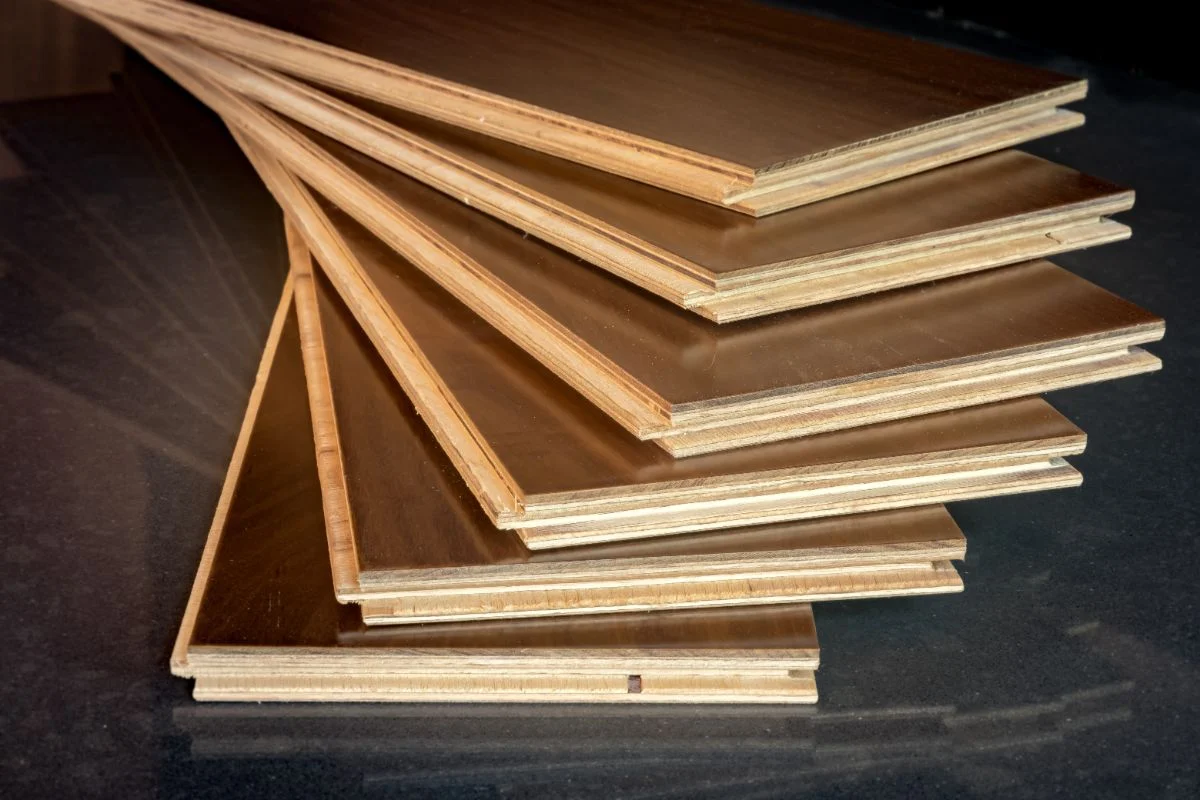

Articles
What Are The Different Types Of Wood Siding
Modified: January 8, 2024
Discover the various types of wood siding available for your home. Explore our comprehensive articles and find the perfect option for your style and budget.
(Many of the links in this article redirect to a specific reviewed product. Your purchase of these products through affiliate links helps to generate commission for Storables.com, at no extra cost. Learn more)
Introduction
Wood siding is a popular choice for homeowners looking to add a natural and timeless look to their homes. It not only provides durability and insulation but also enhances the aesthetic appeal of the property. With a wide range of wood species available, each with its unique characteristics, it’s essential to understand the different types of wood siding before making a decision.
In this article, we will explore the various types of wood siding commonly used in residential construction. From the classic beauty of cedar to the affordability of pine, we will delve into the pros and cons of each option to help you make an informed choice for your home’s exterior.
Choosing the right wood siding not only influences the appearance of your home but also affects its longevity and maintenance requirements. By understanding the characteristics and benefits of each type, you can find the perfect match for your style preferences, budget, and climate considerations.
Whether you prefer natural, untreated wood or engineered alternatives, there is a wood siding option out there to suit your needs. So, let’s dive into the different types.
Key Takeaways:
- 1. Wood siding offers a range of options, from the classic beauty of cedar to the affordability of pine, each with unique benefits and considerations. Understanding these types can help homeowners make informed decisions based on their needs, budget, and climate.
- 2. While cedar siding provides timeless beauty and durability, pine siding offers affordability and versatility. Redwood siding combines exceptional beauty and longevity, while cypress siding stands out with its distinctive appearance and remarkable resistance to decay and warping. Engineered and composite wood sidings provide cost-effective, low-maintenance, and eco-friendly alternatives.
Read more: What Are The Different Types Of Curtains
Cedar Siding
Cedar siding is one of the most popular types of wood siding due to its natural beauty and durability. It is known for its rich color variations, ranging from reddish-brown to light amber tones, which adds warmth and character to any home exterior.
One of the main advantages of cedar siding is its resistance to rot, decay, and insects. Cedar contains natural oils and tannins that act as preservatives, making it highly resistant to moisture and pest damage. This makes cedar siding a low-maintenance option, requiring only periodic cleaning and sealing to maintain its appearance and protect it from the elements.
Another benefit of cedar siding is its excellent insulating properties. Cedar is a natural insulator, helping to regulate the temperature inside your home and improve energy efficiency. This can result in lower heating and cooling costs in the long run.
However, cedar siding does have some drawbacks. It tends to be more expensive compared to other wood siding options. Additionally, cedar is a softer wood, which means it is more prone to denting and scratching. Regular maintenance, such as staining and sealing, is necessary to prevent the wood from weathering and to maintain its natural beauty.
In summary, cedar siding offers a beautiful and durable option for homeowners who appreciate the natural charm of wood. With proper care and maintenance, cedar siding can last for decades and provide a timeless aesthetic that enhances the curb appeal of your home.
Pine Siding
Pine siding is a popular choice for homeowners looking for a cost-effective wood siding option. It offers a natural and rustic appearance, with a subtle grain pattern and a lighter color palette that can add charm and character to any home exterior.
One of the main advantages of pine siding is its affordability. Pine is readily available and less expensive compared to other wood siding options, making it a budget-friendly choice for homeowners. It is also relatively easy to work with, which can further reduce installation costs.
Pine siding is known for its versatility, as it can be customized to achieve different looks. It can be left untreated for a natural and weathered appearance, or it can be stained or painted to match your desired style. The ability to modify the look of pine siding allows homeowners to personalize their home exteriors to their preference.
However, pine siding does have some drawbacks. Pine is a softer wood, which makes it more vulnerable to dents, scratches, and rot. It requires regular maintenance to protect it from moisture and prevent decay. Periodic staining or sealing is recommended to enhance its durability and extend its lifespan.
Additionally, pine siding is not as resistant to insects compared to other wood species. Proper insect deterrent measures should be taken to prevent termite or beetle infestations, especially in areas with a high insect population.
In summary, pine siding offers an affordable and versatile option for homeowners on a budget. With proper maintenance and care, pine siding can provide a charming and natural look to your home while keeping costs manageable.
Redwood Siding
Redwood siding is known for its exceptional beauty and durability, making it a popular choice among homeowners seeking a high-quality wood siding option. It boasts a rich, reddish-brown hue and a straight grain pattern, lending a sense of elegance and natural warmth to any home exterior.
One of the key advantages of redwood siding is its natural resistance to decay, rot, and insects. Redwood contains natural oils and tannins that act as a deterrent to pests and fungi, making it highly resistant to damage and decay. This characteristic makes redwood siding an excellent long-term investment, as it requires minimal maintenance compared to other wood siding options.
Another benefit of redwood siding is its stability. Redwood is known for its dimensional stability, meaning it is less prone to warping, shrinking, or expanding due to changes in temperature or humidity. This stability helps the siding maintain its shape and integrity over time, ensuring a long-lasting and visually appealing appearance.
In terms of sustainability, redwood is considered an eco-friendly choice. Redwood is a renewable resource that is responsibly harvested from managed forests. Choosing redwood siding can contribute to environmental conservation, as it helps preserve forests and reduces the demand for other less sustainable building materials.
However, it’s important to consider the higher cost associated with redwood siding. Redwood is considered a premium wood species, which makes it more expensive than other wood siding options. The initial investment may be higher, but the long-term benefits of durability and beauty can outweigh the cost.
In summary, redwood siding offers a stunning and durable option for homeowners who value aesthetics and longevity. With its natural resistance to decay and insects, as well as its dimensional stability, redwood siding can enhance the beauty of your home while minimizing maintenance needs.
When choosing wood siding, consider the different types such as cedar, pine, and redwood. Each type has its own unique characteristics in terms of durability, appearance, and maintenance requirements.
Cypress Siding
Cypress siding is a versatile and durable wood siding option that offers a unique and distinctive look for your home. It features a natural golden brown color with a rich grain pattern, providing a warm and inviting appearance to any exterior.
One of the main advantages of cypress siding is its natural resistance to rot, decay, and insects. Cypress contains natural oils and preservatives that make it highly resistant to moisture and pest damage. This inherent resistance reduces the need for frequent maintenance and ensures the longevity of the siding.
Cypress siding is also known for its exceptional durability. It has a high natural resistance to weathering, making it suitable for a wide range of climates. Cypress can withstand harsh weather conditions, including intense sunlight, heavy rain, and even hurricanes, without warping or deteriorating.
Another notable characteristic of cypress siding is its stability. Cypress has a low shrinkage rate, which means it maintains its shape and size over time. This stability ensures a solid and secure installation, minimizing the chance of gaps or cracks that could compromise the integrity of the siding.
In terms of sustainability, cypress is a preferred choice for environmentally-conscious homeowners. It is a renewable resource that can be harvested and replanted, making it an eco-friendly option. Additionally, cypress trees are commonly grown in wetland areas, which helps to improve water quality and provide habitat for wildlife.
While cypress siding offers numerous benefits, it is important to note that it is a premium wood siding option. The higher cost may be a consideration for homeowners on a budget. However, the long-term durability, low maintenance requirements, and unique beauty of cypress siding can make it a worthwhile investment.
In summary, cypress siding provides a durable and visually appealing option for homeowners seeking a distinctive look. With its natural resistance to rot and insects, as well as its exceptional stability, cypress siding can enhance the beauty and longevity of your home’s exterior.
Read more: What Are The Different Types Of Screwdriver
Engineered Wood Siding
Engineered wood siding is a popular alternative to traditional solid wood siding. It is made from wood fibers and other composite materials, offering a balance between the natural beauty of wood and the durability of engineered materials.
One of the main advantages of engineered wood siding is its cost-effectiveness. It is generally less expensive than solid wood siding options, making it an appealing choice for homeowners on a budget. Additionally, engineered wood siding is manufactured to have consistent dimensions, reducing waste and ensuring easier installation.
Engineered wood siding is designed to be highly resistant to warping, rotting, and insect damage. It is engineered to have enhanced durability and stability, making it suitable for various weather conditions. This type of siding is often treated with water-resistant coatings, which further protects it from moisture-related issues.
Another benefit of engineered wood siding is its low maintenance requirements. Unlike traditional wood siding, engineered wood does not require periodic staining or sealing. It can be pre-finished with a factory-applied primer or paint that provides long-lasting protection and color retention. Regular cleaning is usually sufficient to maintain the appearance of engineered wood siding.
Engineered wood siding also offers a wide range of design options. It is available in various textures and finishes, allowing homeowners to achieve the desired look for their home exterior. The versatility of engineered wood siding makes it a suitable choice for both modern and traditional architectural styles.
However, it’s important to note that engineered wood siding may not have the same natural aesthetic appeal as solid wood. While it replicates the look of wood, some homeowners may prefer the authentic beauty and grain patterns of natural wood siding.
In summary, engineered wood siding provides an affordable and durable alternative to solid wood siding. Its resistance to warping, rotting, and insects, as well as its low maintenance requirements, make it an attractive choice for homeowners seeking the look of wood with added durability.
Composite Wood Siding
Composite wood siding is a modern and innovative option that combines the natural beauty of wood with the durability of synthetic materials. It is made from a combination of wood fibers, resins, and other recycled materials, resulting in a sustainable and long-lasting siding option.
One of the main advantages of composite wood siding is its exceptional durability. It is highly resistant to rot, decay, and insect damage, making it an ideal choice for homeowners in climates with high humidity or extreme weather conditions. Composite wood siding is engineered to withstand the test of time, ensuring that your home exterior remains beautiful and protected.
Composite wood siding is also known for its low maintenance requirements. Unlike traditional wood siding, it does not require staining or sealing to protect it from the elements. Composite wood siding is typically pre-finished with a protective coating that provides long-lasting color and protection against UV rays, fading, and moisture damage. Regular cleaning is usually all that is needed to keep it looking its best.
Another advantage of composite wood siding is its eco-friendly nature. It is often made from recycled materials, reducing waste and minimizing the environmental impact. Additionally, composite wood siding requires less energy and resources to manufacture compared to traditional wood siding, further contributing to sustainability efforts.
Composite wood siding offers a wide range of design options. It can mimic the appearance of various wood species, allowing homeowners to achieve the desired aesthetic for their homes. Whether you prefer the look of cedar, pine, or redwood, composite wood siding can replicate it while offering enhanced durability.
However, it’s important to note that composite wood siding may not have the same natural look and feel as solid wood siding. While it replicates the appearance of wood, some homeowners may prefer the authentic grain patterns and texture of natural wood.
In summary, composite wood siding is a durable and eco-friendly option for homeowners seeking a low-maintenance alternative to traditional wood siding. With its resistance to rot, decay, and insects, as well as its variety of design options, composite wood siding offers a long-lasting and visually appealing solution for your home exterior.
Conclusion
Choosing the right type of wood siding for your home is an important decision that can significantly impact its aesthetics, durability, and maintenance requirements. Each type of wood siding offers its own unique benefits and considerations, allowing homeowners to find the perfect match for their needs and preferences.
Cedar siding provides a classic and beautiful option, with its rich color variations and natural resistance to rot and insects. Pine siding offers affordability and versatility, allowing homeowners to achieve a rustic and customized look. Redwood siding combines exceptional beauty and durability, making it a long-term investment worth considering. Cypress siding stands out with its distinctive appearance and remarkable resistance to decay and warping. Engineered wood siding offers a cost-effective and low-maintenance alternative to solid wood, while composite wood siding provides a durable and eco-friendly solution.
Each type of wood siding has its own pros and cons, so it’s crucial to consider factors such as budget, climate, maintenance requirements, and desired aesthetic. Additionally, it’s advisable to consult with professionals to ensure the proper installation and maintenance of your chosen wood siding.
Ultimately, the right wood siding can enhance the curb appeal of your home, increase its value, and provide long-lasting protection. By understanding the different types of wood siding and their attributes, you can make an informed decision that best suits your needs, lifestyle, and personal taste.
Whether you opt for the timeless beauty of cedar, the affordability of pine, the elegance of redwood, the uniqueness of cypress, the durability of engineered wood, or the sustainability of composite wood siding, a well-chosen wood siding can transform your home into a warm and inviting sanctuary for years to come.
Frequently Asked Questions about What Are The Different Types Of Wood Siding
Was this page helpful?
At Storables.com, we guarantee accurate and reliable information. Our content, validated by Expert Board Contributors, is crafted following stringent Editorial Policies. We're committed to providing you with well-researched, expert-backed insights for all your informational needs.
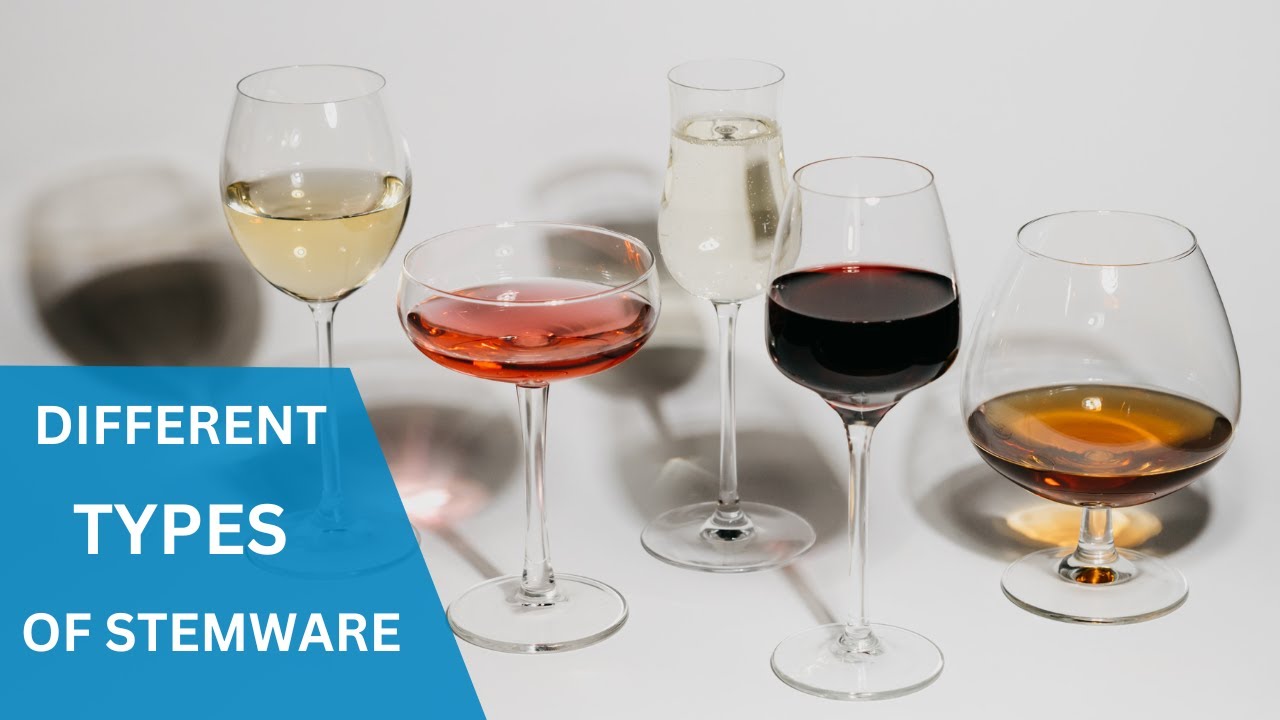

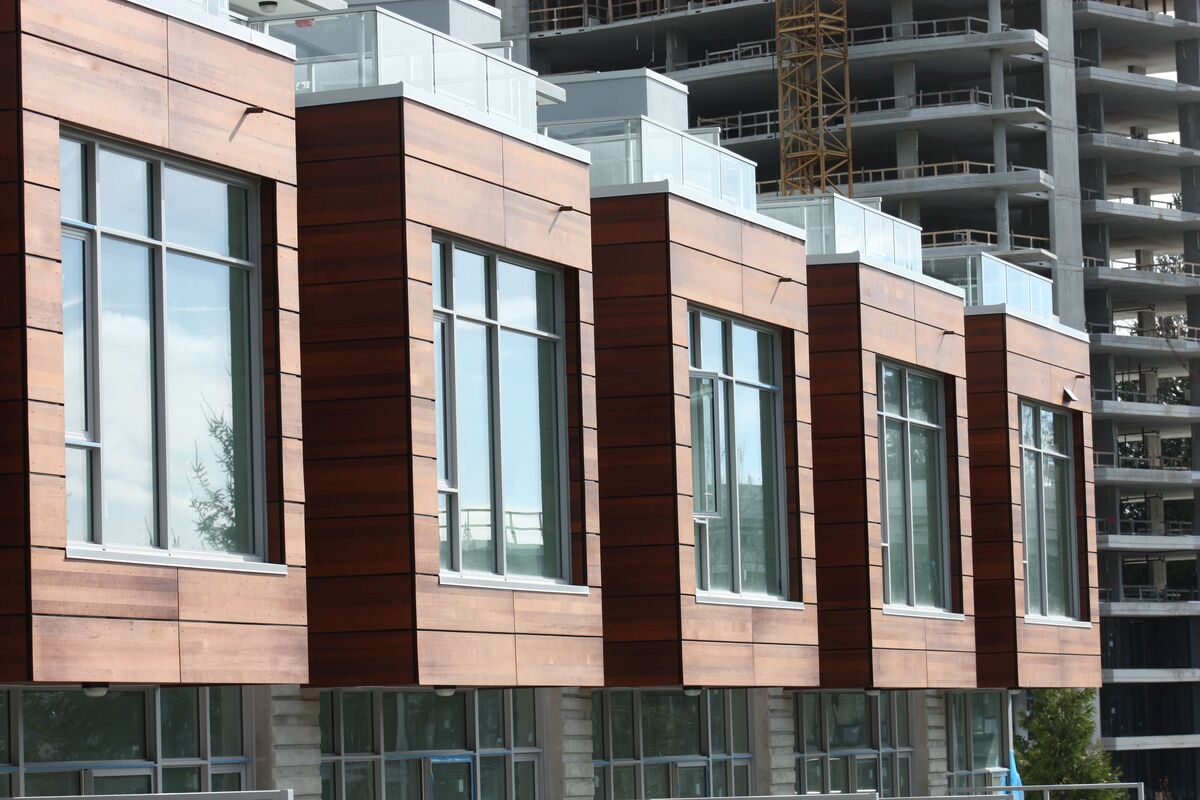
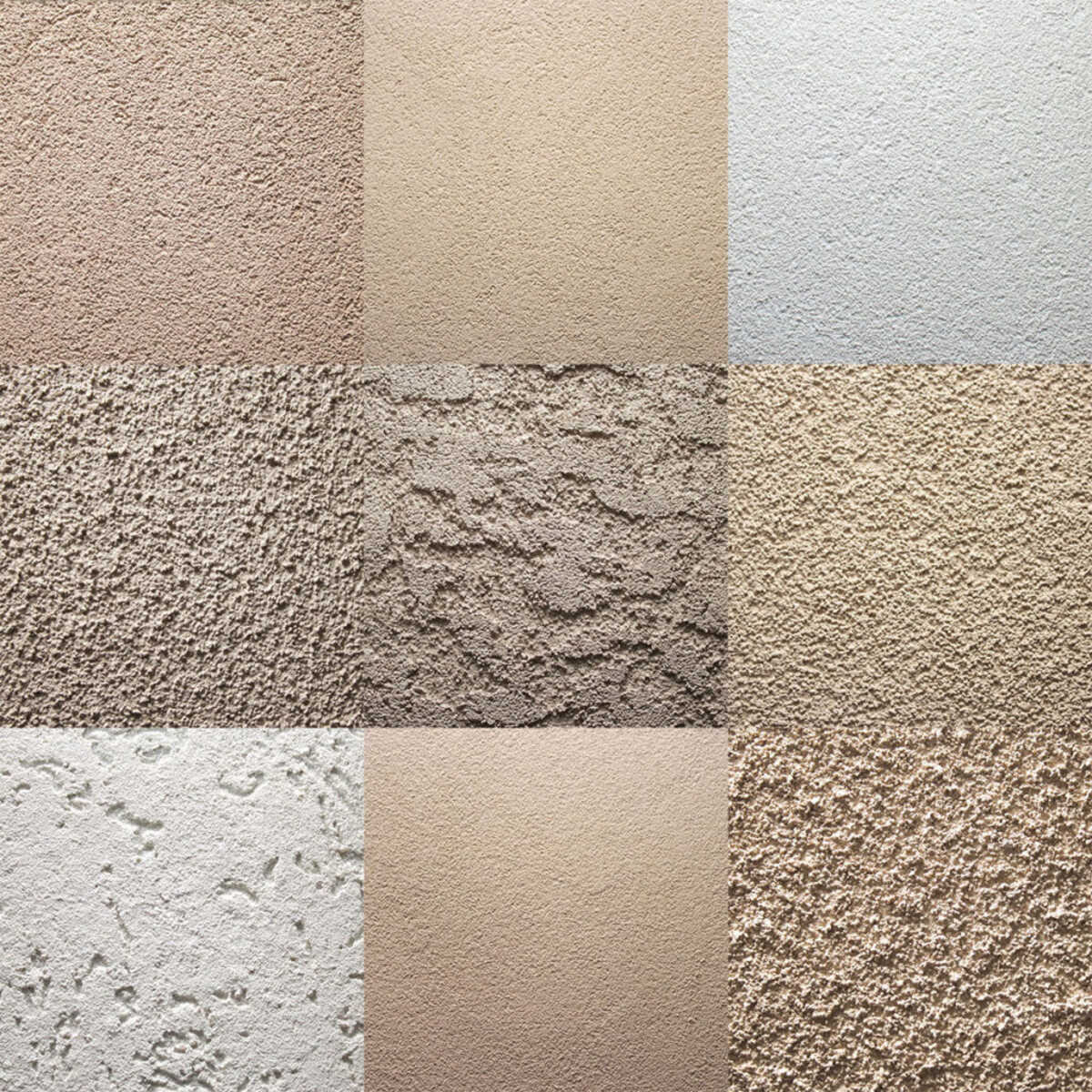

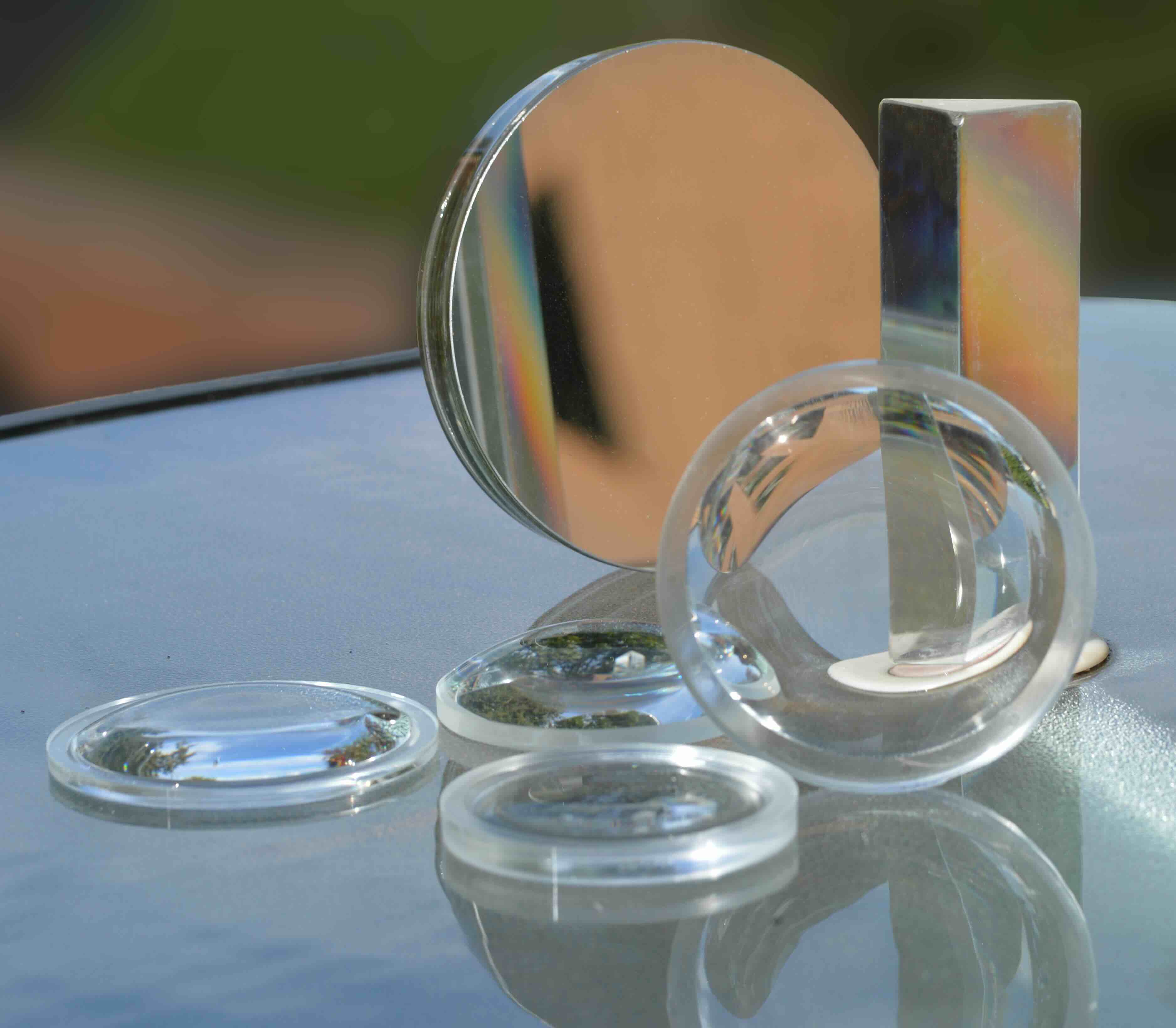
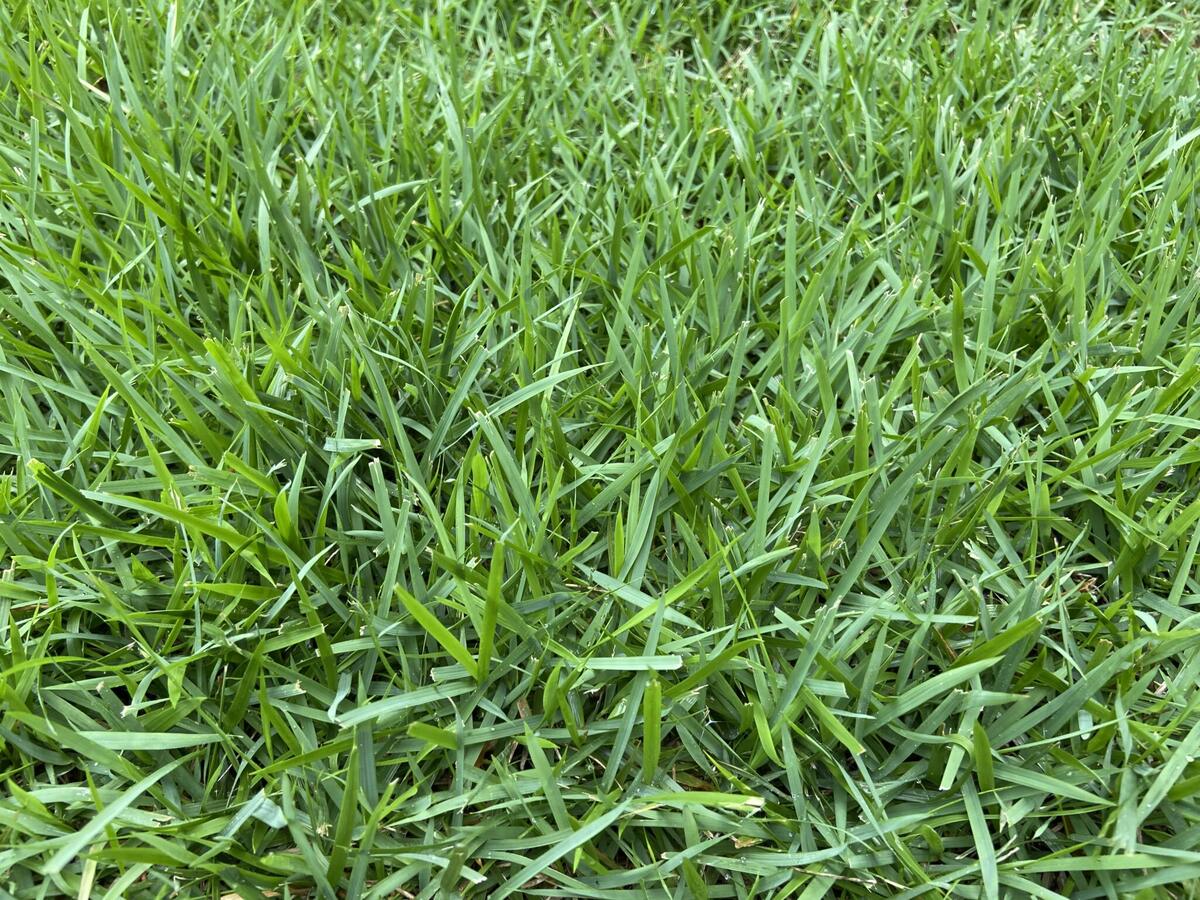
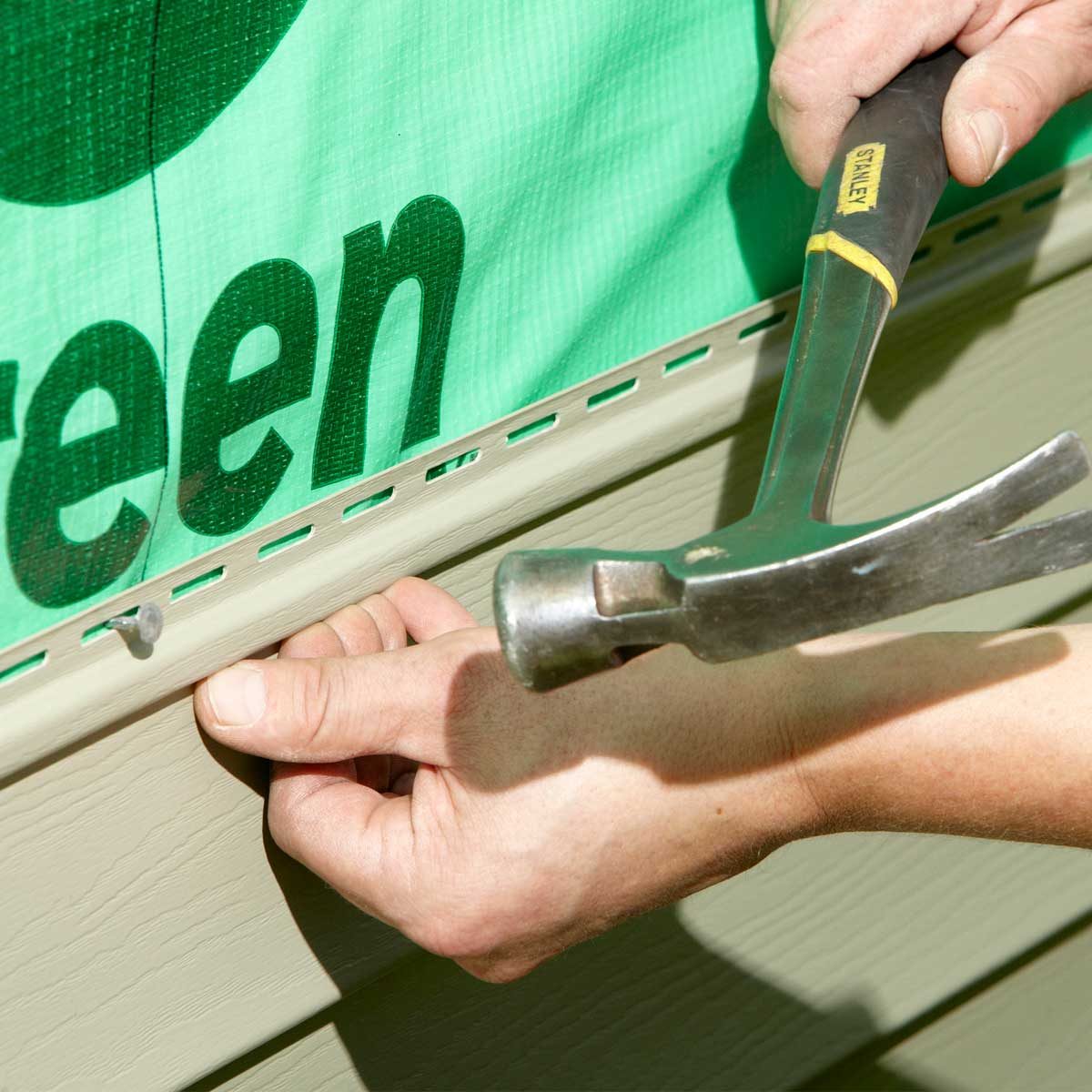
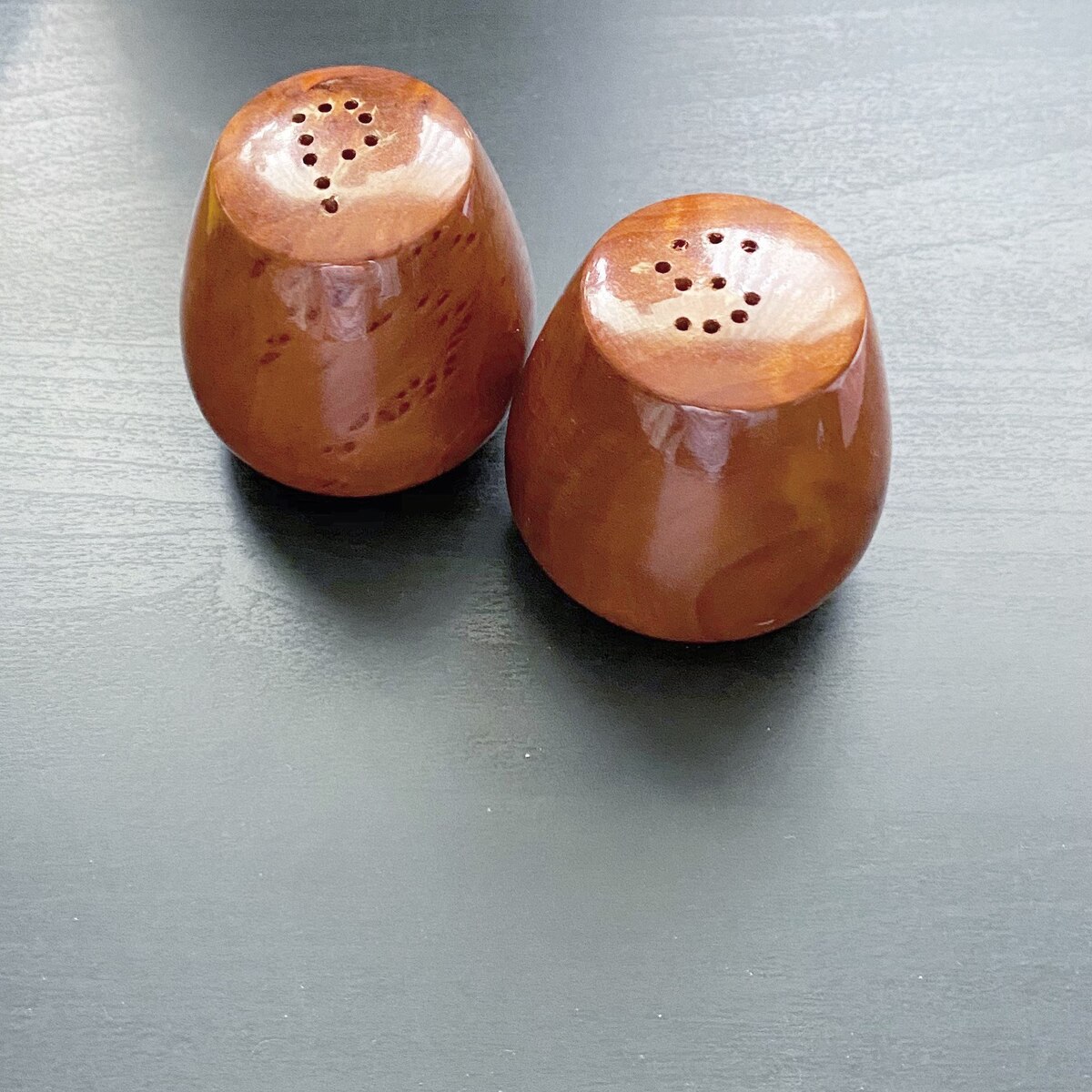
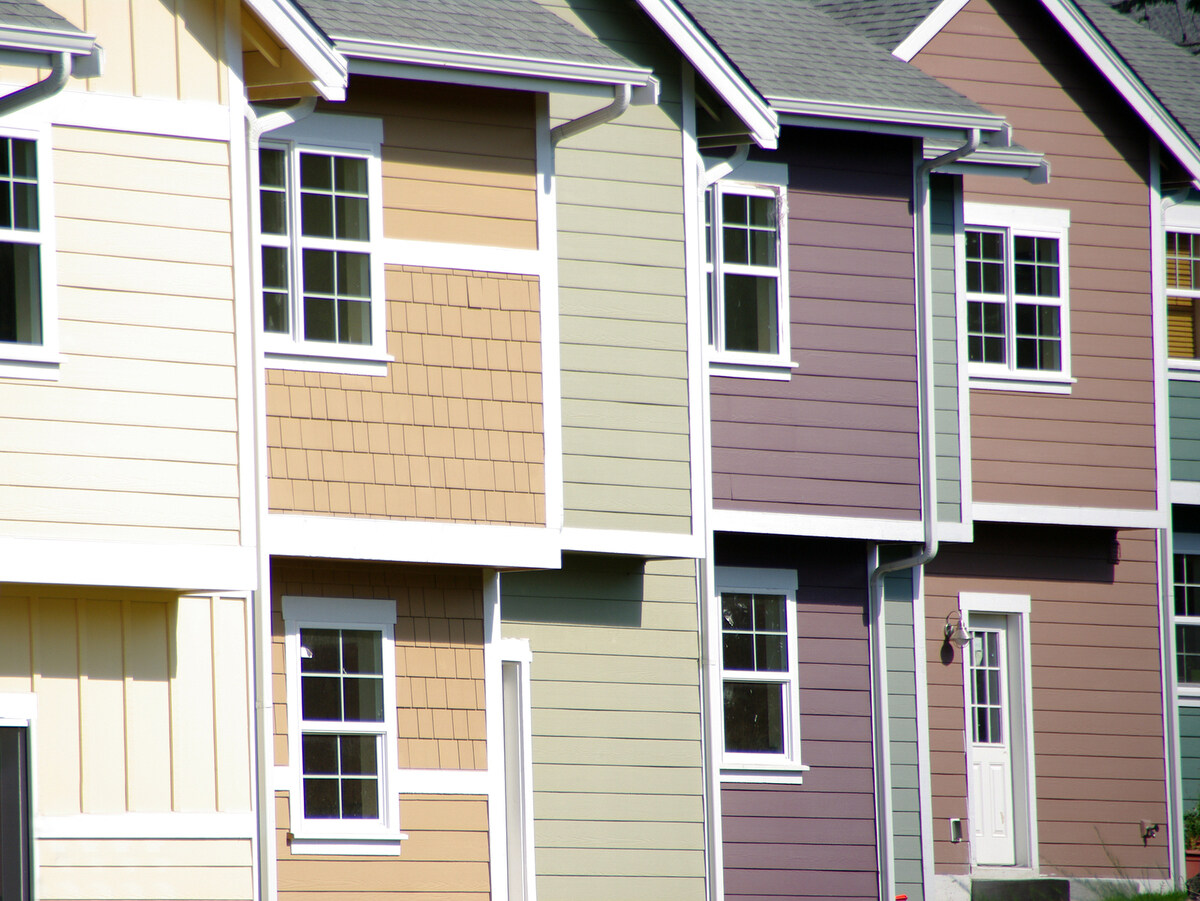
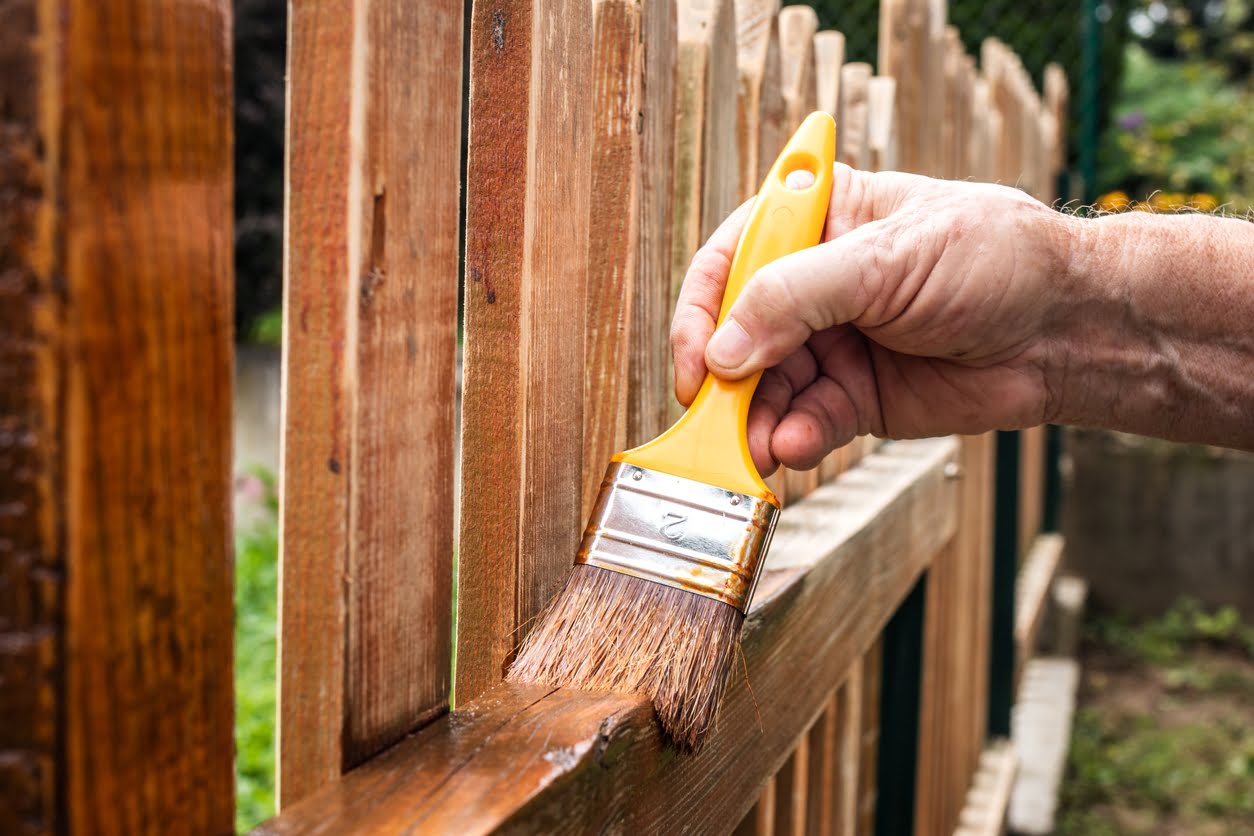
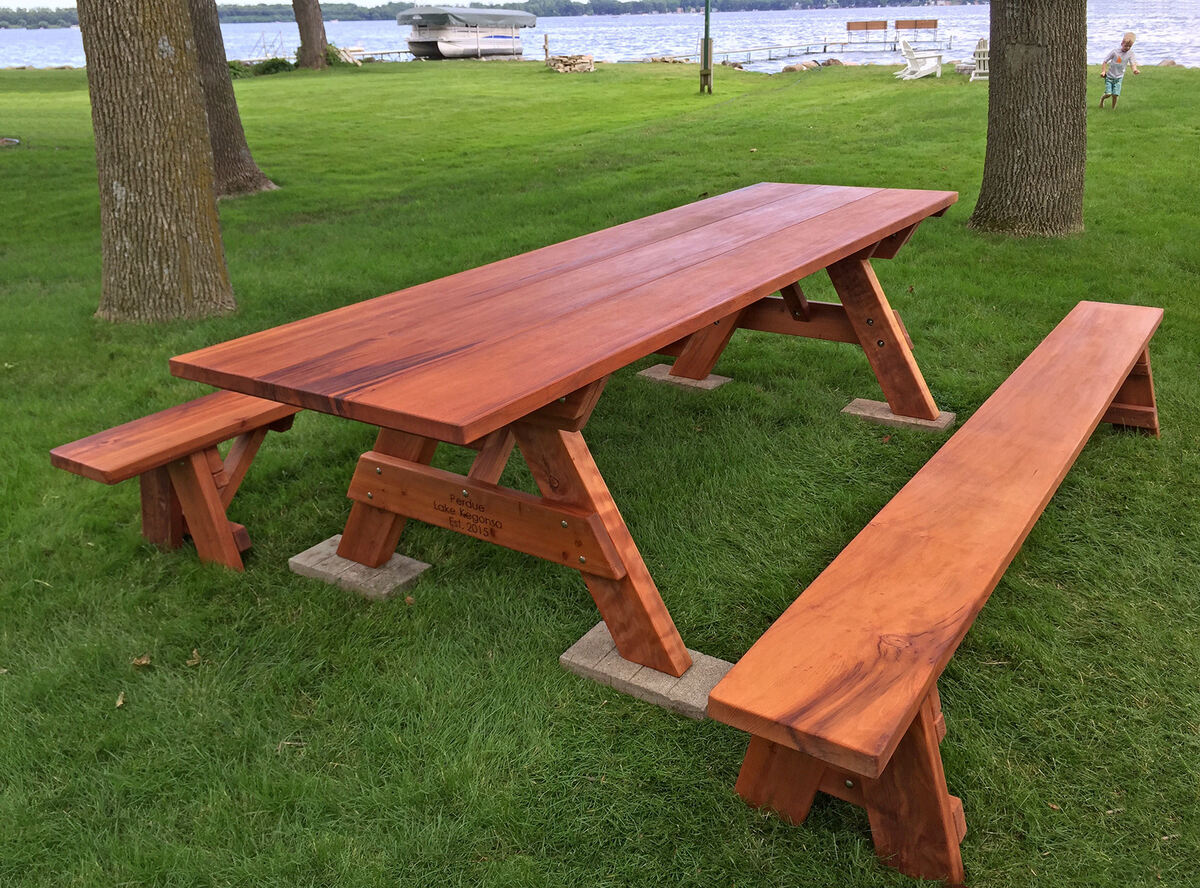
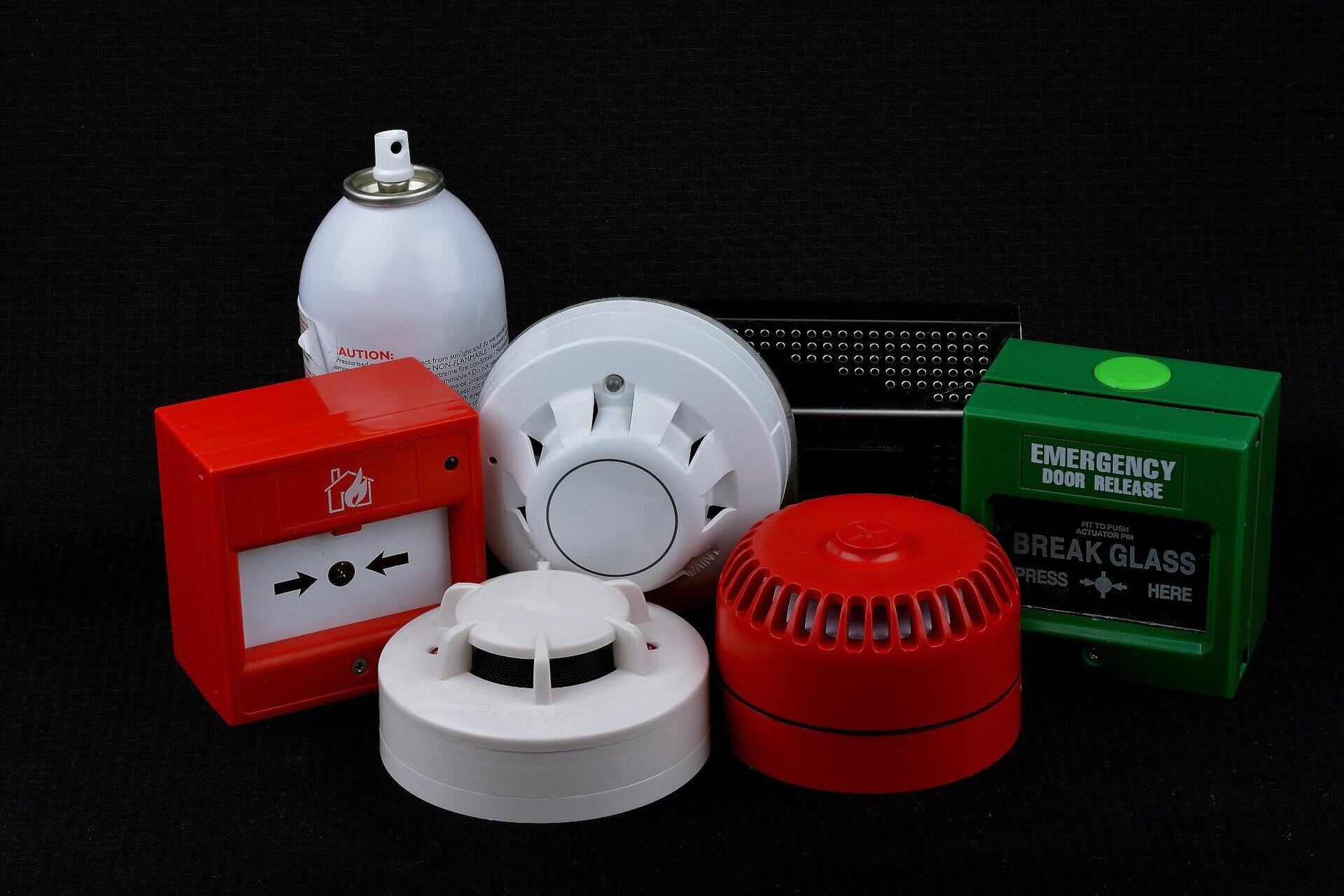
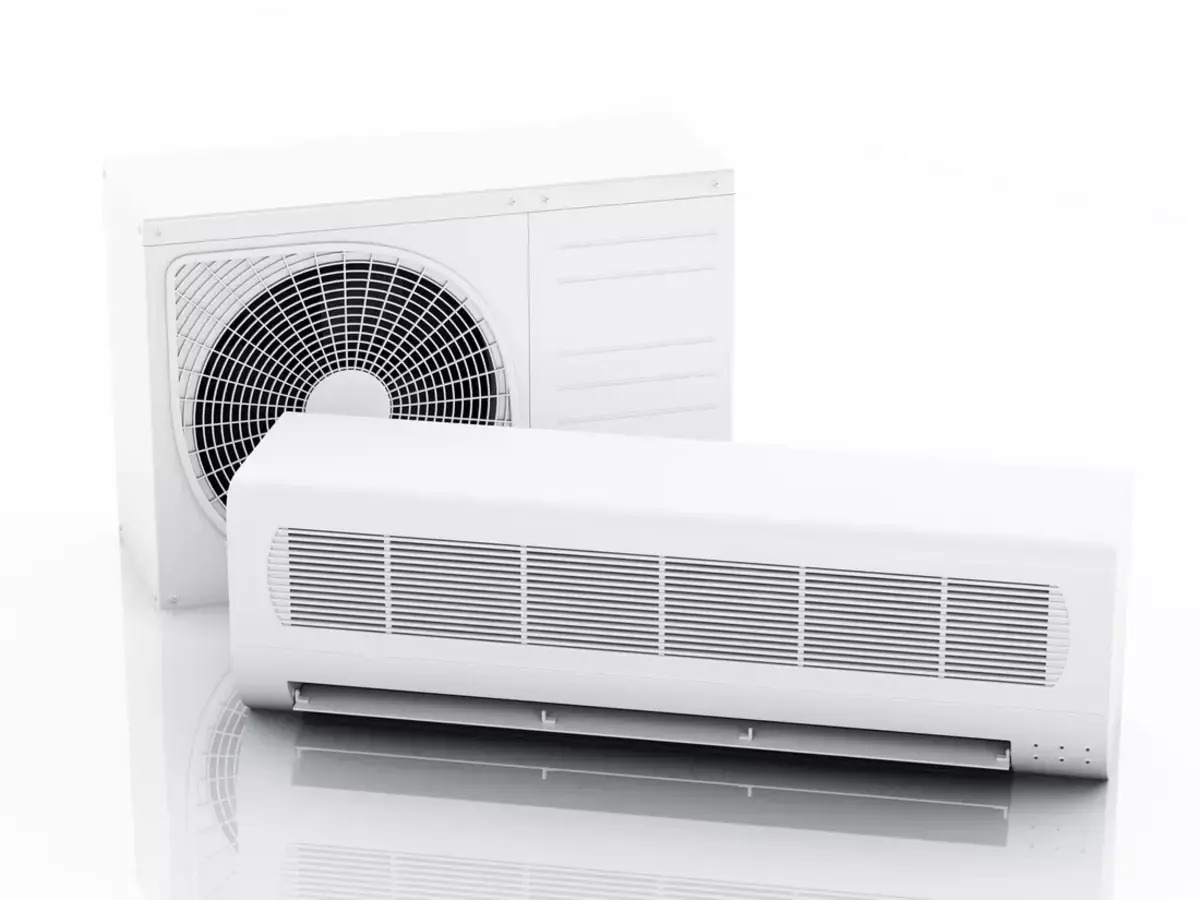

0 thoughts on “What Are The Different Types Of Wood Siding”